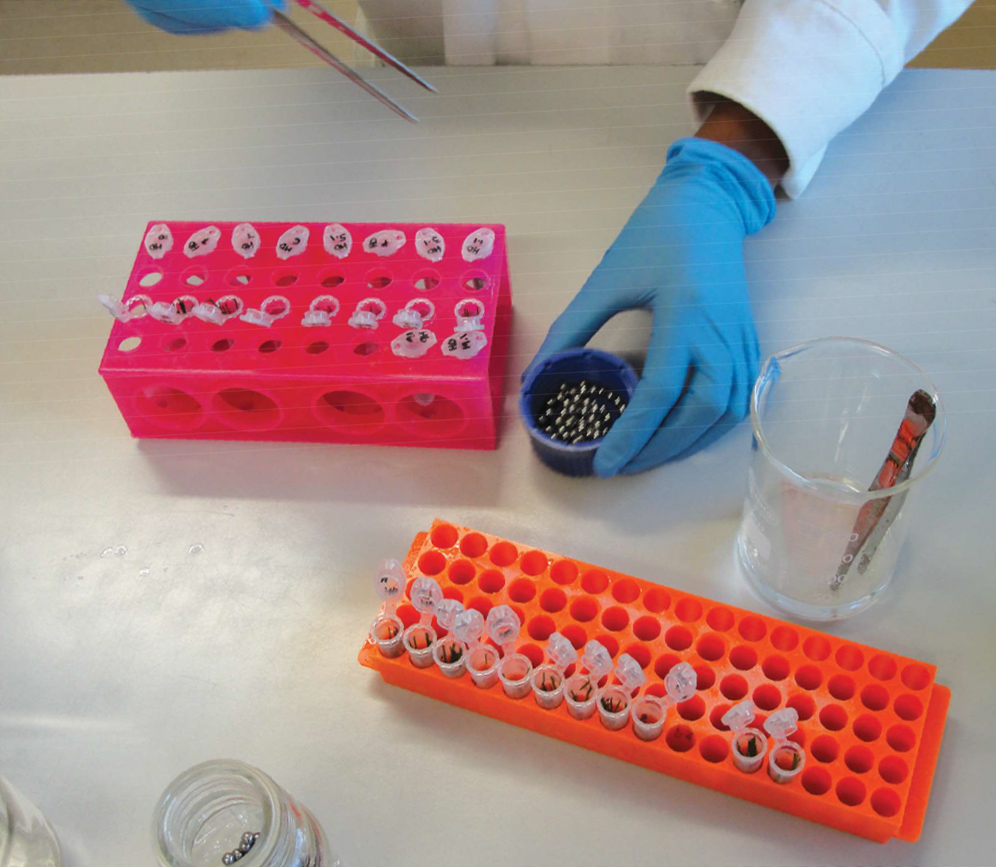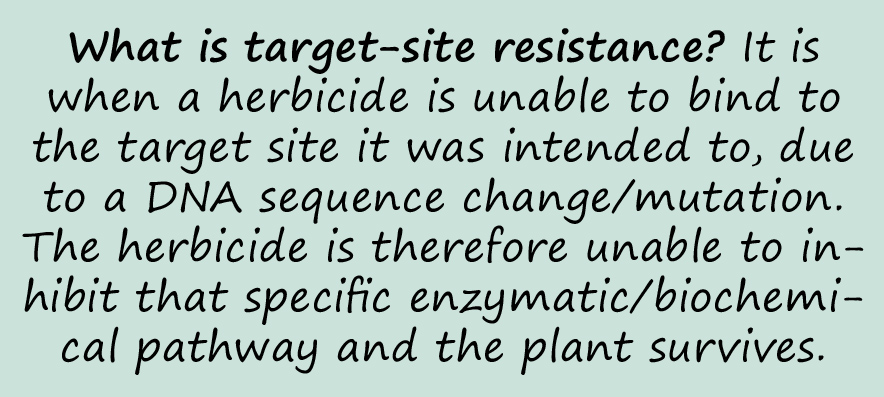
ARC-Small Grain,
Bethlehem
The presence of weeds in any crop has a negative influence on crop yield. Extensive studies have been performed on the impact of weeds during wheat cultivation, but very little is known about the impact of weeds on barley yield.
Some research in India found that weeds are causing substantial losses to agricultural production and that the annual economic loss was substantial. It has also been reported that with the production of each kilogram of weeds, one kilogram of barley yield was lost. In a recent article published by Mahajan (2020), yield loss due to weed interference in eight barley genotypes ranged from 43% to 78%. These huge losses can be attributed to the competitiveness of weeds with barley. The application of herbicides for the control of these weeds might lead to the development of herbicide-resistant weeds. Although the presence of herbicide-resistant weeds in wheat has been studied extensively in South Africa, the prevalence of herbicide-resistant weeds in barley remains unclear.

According to the Crop Estimates Committee (CEC), the expected area planted for barley production for 2019 was 118 500 hectares, compared to 119 000 hectares with a final crop of 421 500 tons in 2018. Barley is more sensitive to weed competition than wheat and usually early control measures are needed to realise optimal yield potential. The presence of uncontrolled, herbicide-resistant weeds might lead to larger shortfalls in barley production.
In the past seven years, ARC-Small Grain was able to optimise the identification of target-site resistance in especially grassweeds, like ryegrass, through molecular screening. In recent years, screening has been performed, to a lesser extent, on broad-leaved weeds as well. Target-site resistance is when a herbicide is unable to bind to the target site it was intended to, due to a DNA sequence change or mutation. The herbicide is therefore unable to inhibit that specific enzymatic/biochemical pathway and the plant survives. Certain target-site mutation markers have been identified and developed in Australia and Europe. These mutation markers have been optimised by ARC-Small Grain researchers for identifying target-site resistance in several weed species. Mutation markers can distinguish between plants that are heterozygous (Aa) (1 copy – resistant allele) or homozygous (AA) (2 copies – resistant allele) resistant for each specific target-site mutation. Depending on which mutation is detected, the heterozygous or homozygous state of resistance can exponentially increase the needed dosage of a herbicide to achieve 50% mortality. It is also important to remember that resistant weed biotypes, on average, require 10 to 30 times higher herbicide dosages than susceptible types. Importantly, molecular screening is optimised for detecting target-site resistance in Group A and Group B herbicides. These are also the herbicides that are predominantly used for post-emergence weed control in barley.
How to get your weeds tested for resistance?
Producers are welcome to send grassweed seedlings or seeds to ARC-Small Grain in Bethlehem (ARC-Small Grain, S191 Blydskap Road, Bethlehem, 9700). Seedlings must be kept moist (preferably in ziplock bags) and must preferably be couriered, as it will ensure that fresh seedlings arrive in Bethlehem. Please indicate the GPS coordinates where plant or seed samples were taken. Seeds must be stored in brown paper bags to prevent them from rotting. The seeds/seedlings must be a large enough bulk representative field sample to enable an accurate screening process. Please make sure that a number of samples from the problematic field are sent in; one plant only will not be adequately representative.
Tips on prevention or slowing down of herbicide resistance
- Implement crop rotation if possible, as this will help suppress weeds through allelopathy (a biological phenomenon by which an organism produces one or more biochemicals that influence the germination, growth, survival and reproduction of other organisms).
- Crop rotation also allows use of different herbicides on different weeds in the different crops that are planted. Herbicides with different modes of action can therefore be utilised.
- Herbicides must be rotated so that the same herbicide is not used year after year.
- Never make unregistered mixtures. Stick to label recommendations at all times.
- Keep records of herbicides used and also the rates at which the herbicides were applied.
- Regularly monitor your crops so that resistant patches can be observed in time to be controlled with more specific interventions, like spot spraying or physical removal.
- Apply the herbicide at the correct leaf stage of the weed and the crop.
- Make sure that the correct rate is always used, because rates that are too high or too low can select for herbicide resistance.
- Ensure that the spray equipment is correctly calibrated and cleaned thoroughly and that the person in charge of the spraying knows what he/she is doing. This helps to prevent or reduce the introduction of weed rhizomes, stolons and seeds into the fields.
- Always follow the instructions on the herbicide label.

Summary
Target-site resistance may render some Group A and Group B herbicides useless in the spraying programmes that are used during barley cultivation throughout South Africa. Therefore, it is necessary to know the resistance status of the weeds in your crop, to be able to apply effective herbicide management strategies and achieve optimum barley yields.
References
- Chaudhary, SU, Hussain, M, Ali, MA and Iqbal, J. 2008. Effect of weed competition period on yield and yield components of wheat. Indian Journal of Agriculture Research, 46, 47 – 53.
- Joshi, NC. 2002. Manual of weed control. Research publication. 7615-B, East Azad Nagar, Delhi,110 051.
- Mahajan, G, Hickey, L & Chauhan, BS. 2020. Response of barley genotypes to weed interference in Australia. Agronomy 10(1).
For further information, please contact Hestia Nienaber at 058 307 3420 or email deweth@arc.agric.za.
![]()



















